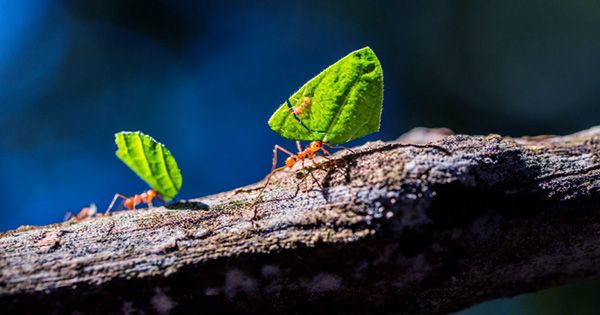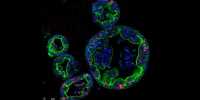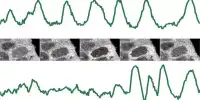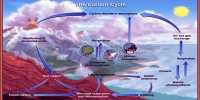Mycology is an interesting branch of science, exploring the secret lives of fungi, the beauty of which is often as follows and slightly celebrated. A mushroom found in a 50-million-year-old piece of amber must show off its beauty – if you ignore the fact that it grows from an ant’s anus. Although ridiculous, with a pepper in the gross dimension, the search is a significant one. Published in the Journal of Fungal Biology, the specimen presents not only a new genus and species of fungi, but also the earliest example of parasitism of infectious ants.
It’s a humble butt mushroom shoulder prominent academic standard. The unclean ant is thought to be a carpenter’s ant, it has been found in the Baltic region of Europe infected with the newly named fungus Allocardiceps Baltica. We often see mushrooms but they only form the reproductive body of the fungus and the rest is often in the body of the substrate or host. The same is true in the case of the Baltic; the plant part of the fungus is in its abdomen and neck when the mushroom comes out of the anus.
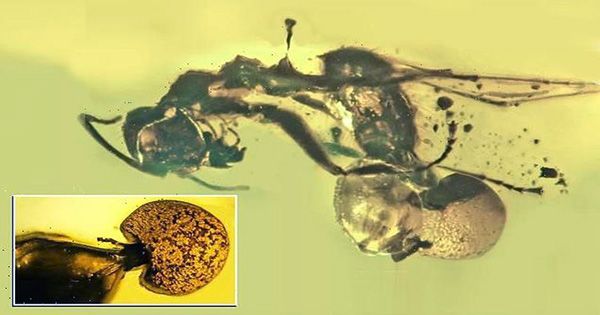
First author George Poinar, emeritus professor integrative biology at Oregon State University, said in a statement, “Ants host a number of bizarre parasites, some of which alter the behavior of insects for the benefit of parasite development and spread.”
“The group Camponotini, also known as the genus Ants, seems to be particularly susceptible to fungal diseases of the genus Ophiocordyceps, a species that is forced to bite various parts of the plant before the infected ants die.” Involuntary behavior (earning the nickname “zombie fungus” of the opiocordisps) is a logical move on the part of the fungus, as it sends the ant in its pleasurable path to a place that is ideal for seed-spreading.
The result is a body, a cup-shaped structure, called an ascoma, whose seeds flow into the air from high places, spreading the ants and adapting to the possibility of infection.
